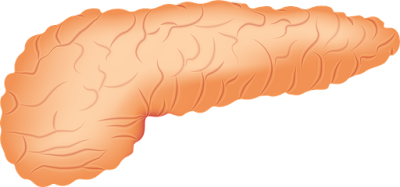High iron diet
Iron - element of life
Without iron no life. It is a component of hemoglobin, which are made up of red blood cells (erythrocytes). The role of iron is the most faithful was his participation in the transport of oxygen to all tissues. This element is also essential for the proper functioning of the thyroid gland, bone marrow (this is where red blood cells are formed).
How does iron deficiency?
This may be a poor diet low in iron, too abundant menstrual bleeding, parasites or impairment of its absorption in the intestine.
Note! Iron deficiency (anemia) is manifested by a decrease in immunity, skin pallor and constant fatigue. There are headaches and trouble concentrating. Also decreases dopamine levels and deteriorating mood. When a deficiency is prolonged, it can lead to changes in the psyche.
How much iron in your diet?
A man should provide approx. 10 mg of iron a day to absorb 1 mg. Woman aged 19-50 years approx. 18 mg (pregnant woman - 27 mg) daily.
Note! Taking iron tablets must be under the supervision of a physician, because his overdose has side effects.
Heme iron (animal)
Absorbed within approx. 25%. Its source is red meat (beef), organ meats (pork liver, kidneys, lungs were), poultry, fish, egg, black pudding. Are substances that facilitate the absorption of iron, it is inter alia vitamin C.
Note! Therefore, for a meal rich in iron, add parsley, tomatoes, citrus, cranberry, sauerkraut, liver and fish and sprinkle with lemon juice.
Non-heme (plant origin)
It will provide you with broccoli, spinach, chives, parsley, beets and beetroot, bread, cereal, whole grains, cocoa, nuts and dried legumes. It is also in dried raisins, plums, apricots, figs.
Non-heme iron is absorbed at about 5%. Tannin reduces iron absorption (in tea and coffee), red wine, calcium (for meals with iron, do not add milk, yogurt or cream).


Comments
Post a Comment